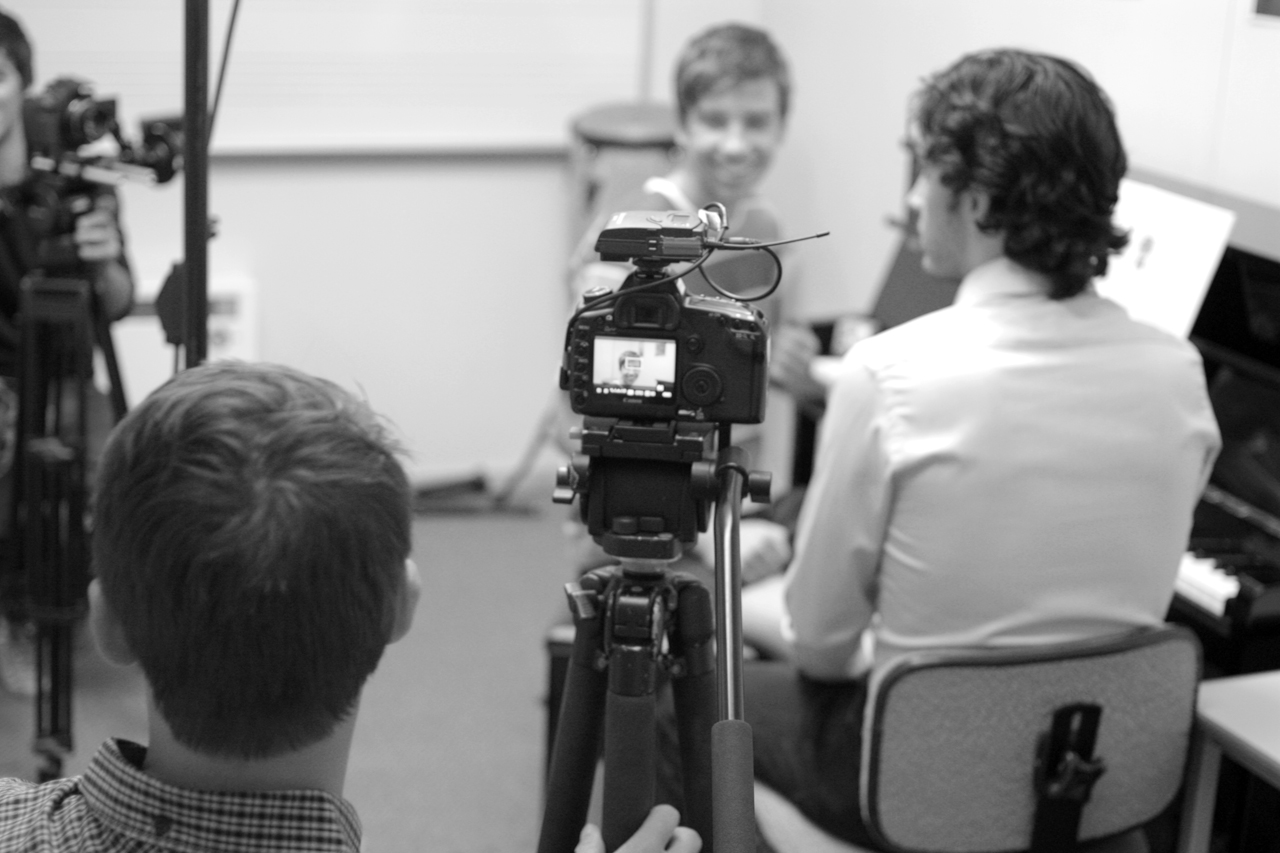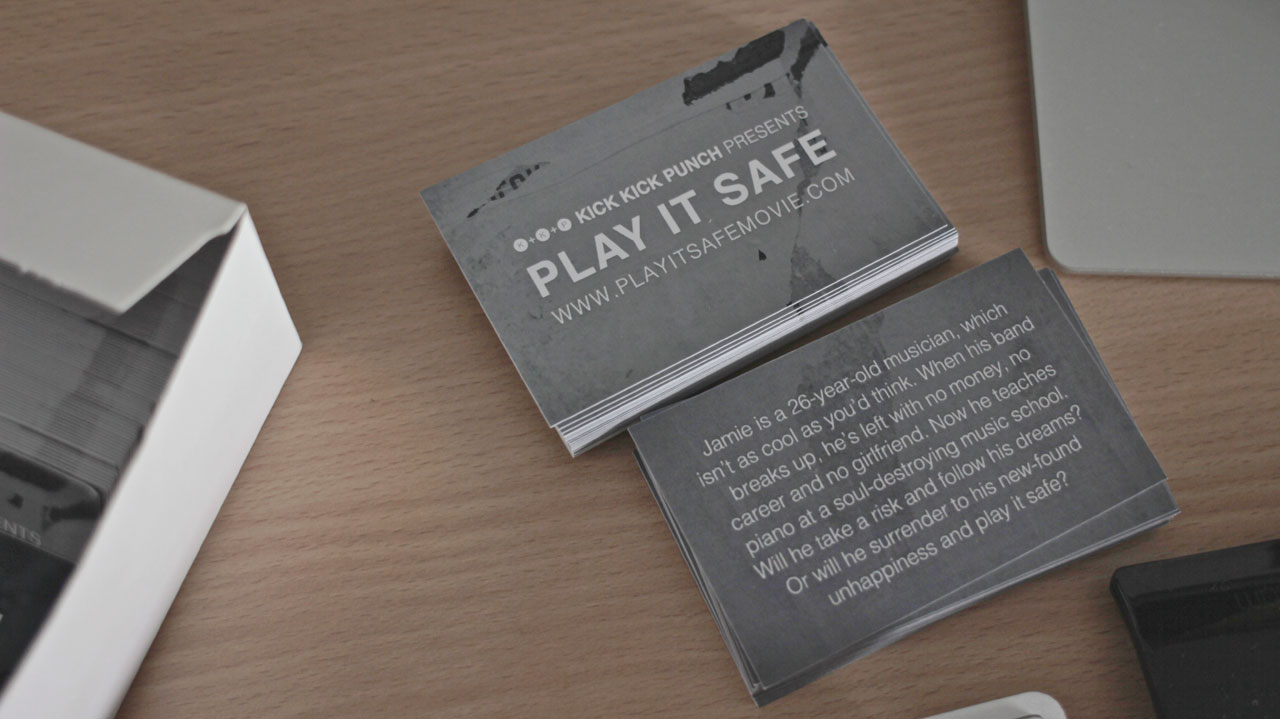Workshopping With Actors & Reworking The Script
Working On Demos With Nathan & Mantra
About a month ago I mentioned that one of my favourite Australian musicians had signed on to work on Play It Safe. At long last I can now reveal that our mystery musician in none other than Mantra. In my opinion, Mantra is one of the best MCs (if not the best MC) in Australia. I've been a fan of his work for a long long time and it is an absolute honour to have him involved in Play It Safe. He will not only be working on the soundtrack, but he will actually be appearing in the film as well!
Workshops
As we get closer to shooting, I have been spending more time with the actors workshopping and rehearsing scenes. This process has been incredibly productive and it's also a whole lot of fun. After working on the script for more than a year now, it's quite an amazing experience seeing it come to life in the actors' performances.
I plan to write much more extensively on my process working with actors (whenever I get a free moment). For now here are some photos from workshops with Nick Kato (who plays the protagonist Jamie), Christine Lui (who plays Chloe), and Kane Felsinger (who plays Craig):
Piano Lessons with Nathan Liow
From the beginning of Play It Safe's development the idea of authenticity has been really crucial, and so it's very important to me that we portray the events in the film as accurately and realistically as possible. In the film's second act, Jamie (the film's protagonist, played by the very talented Nick Kato) gets a job as a piano teacher and we spend quite a lot of time watching him work at the music school. I knew early on that this was something we had to get exactly right. I want all the musicians and music teachers out there to feel like we have done them justice and portrayed the realities of their day to day work accurately (and hopefully with pathos).
To help us out with this, Play It Safe's composer Nathan Liow (who also happens to work as a piano teacher) has been taking Nick and myself through some of the basics. We had our first lesson late last year, and we had our most recent one a couple of weeks ago.
These lessons are great fun (I usually get to pretend to be a 5 year old student), and it's been fascinating to learn more about teaching music to children.
One highlight of our last lesson was an impromptu piano solo from Nathan just before we finished for the evening. I feel really lucky to have witnessed such an intimate performance, and it made me more excited than ever about the performances that we are going to film for Play It Safe. Nathan will be playing a lot of the music in Play It Safe and, judging by what I heard then, he will be bringing something very very special to the table!
Here's some photos from our last lesson / catchup:
Screenwriting: From Inspiration To Final Draft (Part One)
For the past twelve months, Chris and I have been developing the script that has turned into PLAY IT SAFE. As the project now approaches the production phase, we occasionally remark with wonder that, "Hey, we're making a movie!" Though a lot of work remains - really, the bulk of it - to get to the finishing point, reflecting on the project's humble origins to the broad, collaborative task it has now become is quite inspiring.
Filmmaking Commandments: Four Simple Rules To Help You Write A Script
In my last post, I talked about the main aim I had when I started this project. To put simply, I didn't have a particular vision or idea I want to realise. I just wanted to make a feature film! When Jack and I agreed to write the screenplay, we both knew that realising that (seemingly simple) and was going to be very challenging. Neither of us had written a feature length script before, and we both enjoyed procrastinating as much as the next writer. To combat this, we decided to set up a bunch of commandments or rules to help us along the way. We decided upon four main commandments to keep us on the straight and narrow, and then gradually added a bunch of other guidelines to help us with specific areas.
Aims: What Are We Trying To Achieve?
Over the next few months I'm going to do my best to not only keep you updated with our progress as we begin shooting Play It Safe, but to also fill you in on its development during 2011. The first step in charting our journey must be a discussion of the aims I had when I set out to make Play It Safe.
As I famously exclaimed to my co-writer Jack White one night back in early 2011: “If I’m doing things then I want to be doing them, not like not doing them!” In some ways this eloquent statement sums up what Play It Safe has been about from the beginning. Namely, I wanted to make a feature film!
After years of making short films and then music videos I needed a change. In late 2010 I decided to take a risk and make my first feature film. I also decided that I wanted to get it done as soon as possible. There were a few external factors in this, but primarily I just wanted to force myself to get it done. I'd heard many stories about films ending up in development hell, just gestating for years and years. I didn't want to go through that. I didn't have a concept that I was precious about and would give up anything to realise. I just wanted to direct a movie. If someone handed me a great script that I could direct on a micro-budget, then I would have just done it. Unfortunately that wasn’t really an option for me, so the next best thing was to just do it myself.
I love (and also loathe) writing, but it wasn't (and still isn't) my primary aim to work as a writer. I wanted work as a director. I wanted to make films. And any kind of screenplay that Jack and I were going to write needed to feed into that, regardless of how much we might want to write about explosions and dragons and all those other awesome things. I needed a screenplay that I could shoot as soon as possible! I wasn't interested in developing a spec script that I would probably never be able to sell or get funded.
That's what I meant when I said “If I’m doing things then I want to be doing them, not like not doing them!” I certainly could have put it better, but that sentiment has guided everything we have done since then. It might be fun to imagine a grand epic, but if it can't be realised with the resources we have then it's not a road we can go down. I've mentioned before that working with limitations can have a lot of benefits, and this has definitely been true with Play It Safe so far. Our focus on practicality has forced us to be really creative, and consequently I think that the final film will be a lot more nuanced and interesting than if we just threw in a few CGI dragons and explosions. (Although I guess you guys will be the final judge of that.)
That's all for today. Coming up soon will be the next stage: Defining some commandments that were essential in creating the screenplay.
Pitch Cards
Yesterday I received the first batch of "pitch cards" for Play It Safe. I'm not sure if this is a standard practice for indie films. I've certainly never seen one before (at least not when a film is in pre-production), but it's something that I think makes sense and that I'm really excited about.
So what the hell is a pitch card? Over the last year I have ended up pitching and talking about Play It Safe countless times to all sorts of people, from strangers to colleagues, friends and acquaintances. It feels like I'm having the same conversation almost every day! But how many of those people end up at this website and find out more about the film? How many will support the project? And how many will tell their friends about the film? Even if they're interested in the project, what are the chances that they can remember the name of the film and find the website of their own accord?
These pitch cards are my attempt to remedy this situation. They're essentially business cards with this website's URL, as well as Play It Safe's synopsis on the back. Next time I'm pitching the film to someone, I'll be able to give them one of these as a little reminder to check the website and stay up-to-date with the film's progress.
How effective will this be? I guess that remains to be seen. I'll keep you posted as I hand them out!
Many thanks to Phil Kleiner for help with the printing!
A Week At Acting School - Part One
As I mentioned in a previous post, I spent a lot of time last year trying to learn as much as possible about the different aspects of my craft as a filmmaker and director. One idea that I came across again and again was that a director cannot work well with actors unless they have some acting experience. It's a simple idea that I think holds a lot of truth. Would you get up to conduct an orchestra if you had never played an instrument?

















